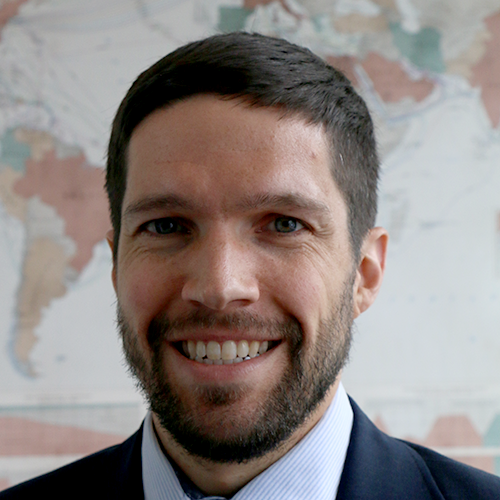Dr. Steve Grubb’s fascination with subsea cable technology began in the 1990s. Thirty years later, now CEO of Grubb Blue Ocean Solutions, Steve spends his time advising cable companies on technical design and vendor selection.
He also lends his expertise as one of TeleGeography's Preferred Partners.






